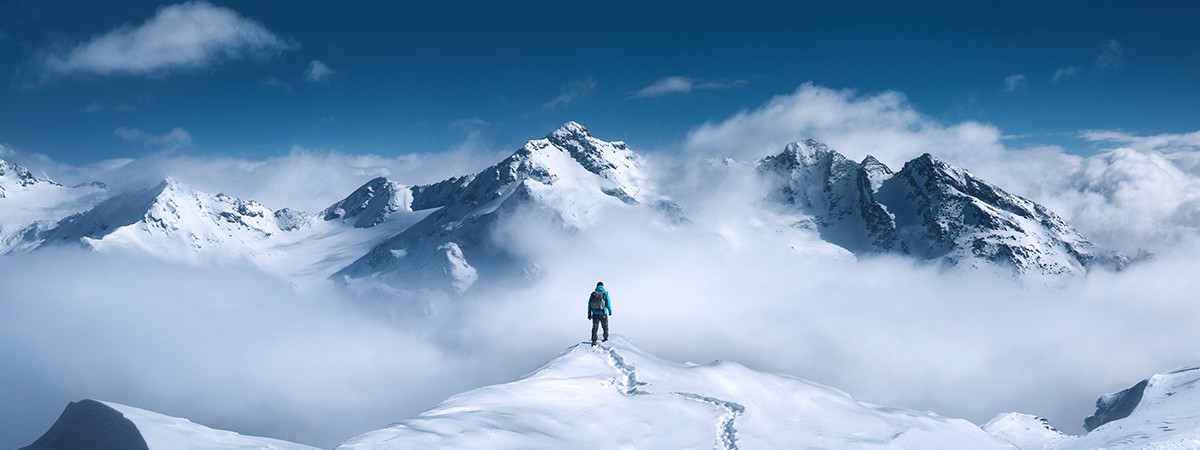Is functional clothing still windproof on an eight-thousander? How does it feel to sit in the driver's cab of a snowcat during a snowstorm? And does the boom that is supposed to deploy the solar sail on the satellite still work in space's cryogenic vacuum? It is possible to test beforehand in a climatic chamber how a material or a product will perform under extreme conditions.
Dense, burning cold, and damp
In climatic chambers, it is possible to set extreme temperatures, regulate humidity and often also to create artificial precipitation. Not all climatic chambers need to be able to replicate the coldness of space and solar exposure of a satellite orbit. Usually a range between a bone-chilling polar night and Death Valley in high summer is enough.However, in the high mountains, another factor plays a role: the higher you are, the lower the air pressure. Of the approximately 1000 hectopascals at sea level, only about 700 remain at 3000 meters. This value is halved again near the summit of the Himalayas. The low pressure influences various parameters such as heat transfer and evaporation rate.
Rapid air pressure reduction
To provide a realistic simulation, it therefore also needs to be possible to adjust the air pressure. Especially with larger climatic chambers, powerful vacuum pumps are required to produce the extreme conditions in the shortest possible time. This is particularly the case when space conditions close to absolute vacuum are required. Several compression stages with different operating principles are used for this purpose. While the first pump stages build up a rough and medium vacuum, the last, highly efficient vacuum pumps towards the vacuum chamber realize the practically air-free space.Many climatic chamber manufacturers source their vacuum technology from BUSCH. The wide range of vacuum pumps with different operating principles includes the perfect combination for virtually all requirements in this area.
